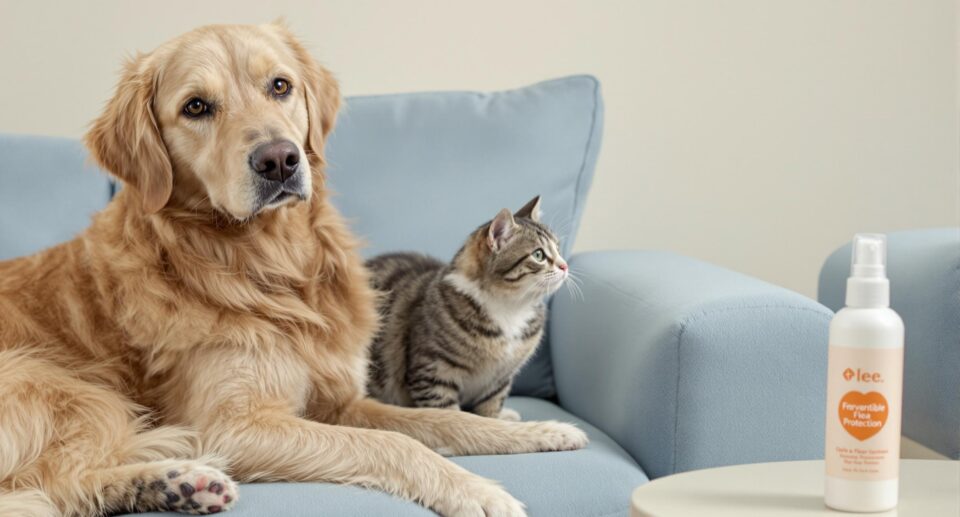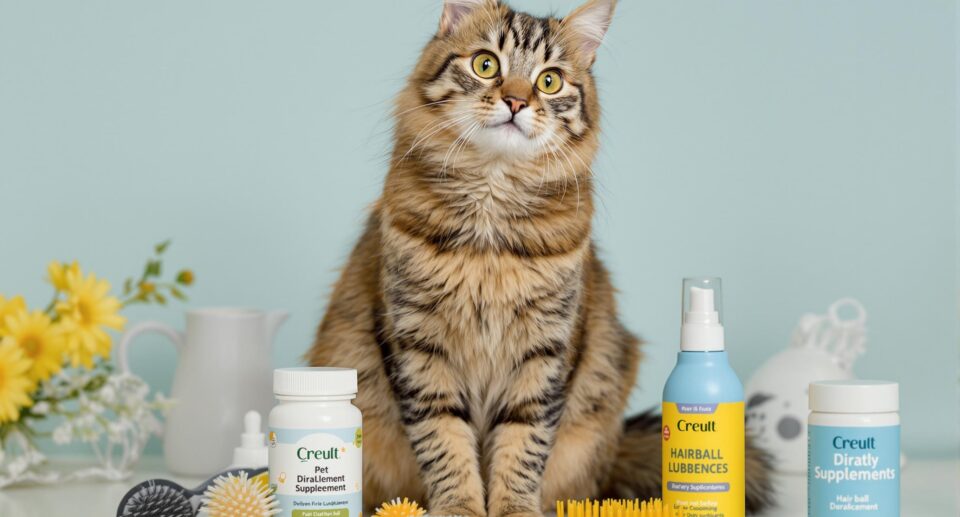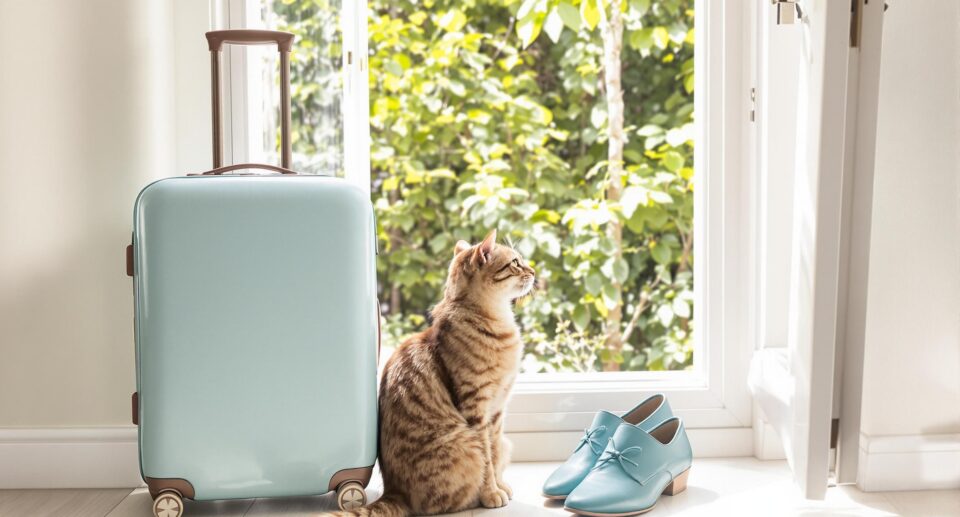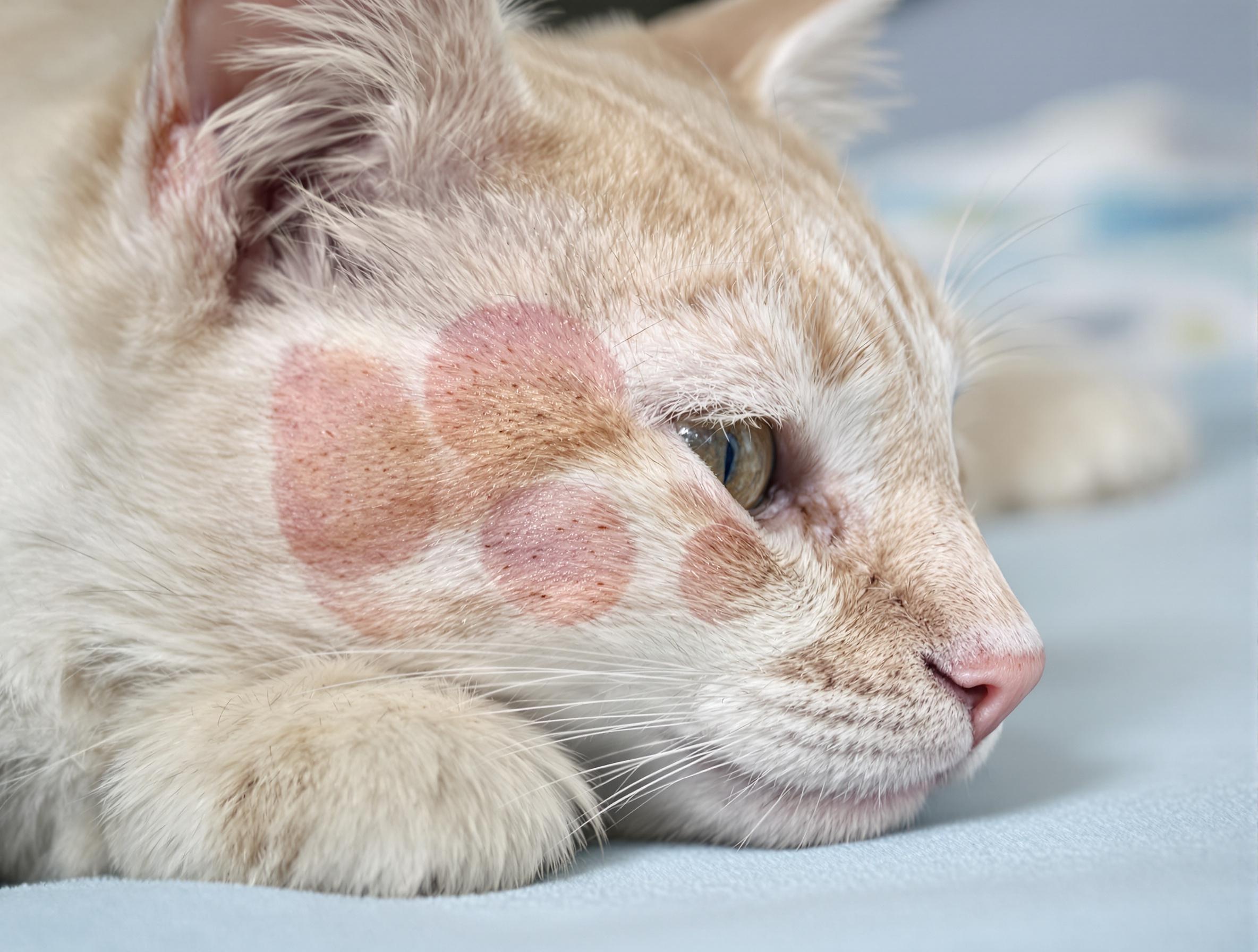
If you live in a cat or dog household, you know that there are some things your pets can share – like beds and water bowls – and things that they can’t, like food or the litter box. When it comes to fleas, there are dog fleas and cat fleas, but it turns out the six-legged biting bugs are one of those things dogs and cats tend to share.
Differences Between Cat Fleas and Dog Fleas
Cat fleas and dog fleas look identical to the naked eye. They have some subtle physical differences that can be seen under a microscope. Dog fleas usually only infect dogs, but they’re actually quite uncommon in the United States.
Cat fleas, on the other hand, are much less particular about their host. They’re the most common species found in the United States. If your dog or cat has fleas, there’s a 90% chance you’re dealing with cat fleas.
So, if you live in a multi-pet household and one of your pets has fleas, all of them will need to be treated. This goes for pets that spend time in different rooms, even those that live in cages. Cat fleas will also infest ferrets, rabbits, guinea pigs, rats, and other small pets.
Do you have pet birds or raise poultry? Fleas do not as commonly affect our feathered friends, but it does happen sometimes. Birds have their own species called sticktight fleas, which can affect mammals like dogs, cats, and humans.
Do Dog and Cat Fleas Bite Humans?
You know that every furry family member in your household needs to be treated for fleas. But what the people who live in your home? While humans may not be their host of choice, fleas are opportunistic feeders that will feed on just about any mammal, including humans.
Fleas tend to take up residence in carpets, bedding, and on furniture. Since they can hop just seven inches vertically, they tend to land on the feet and ankles of human family members. They often leave small, red itchy bumps on ankles, and they also may bite anywhere on your body if your pets bring fleas into your bed.
What’s more, you could bring fleas indoors from outside. Flea eggs can settle onto soil, so if you garden, hike, or otherwise spend time outside, you can track fleas into your home. This is how indoor cats can get fleas, even if they do not live with animals that go outside. If you’re struggling to get rid of fleas despite treating your home and your pets, you may need to treat your yard. It can also be helpful to take your shoes off at the door to avoid tracking in pests.
Do Different Flea Species Need Different Flea Products?
Flea and tick preventatives are equally effective on all types of fleas that affect pets. But while cats and dogs do get the same fleas, they should not use the same flea products. Cats are more sensitive to pyrethroids, an active ingredient found in treatments for dogs.
To learn more about your options, you can check out our article on “what flea treatment is the best for my cat” or “what flea treatment is the best for my dog“.





